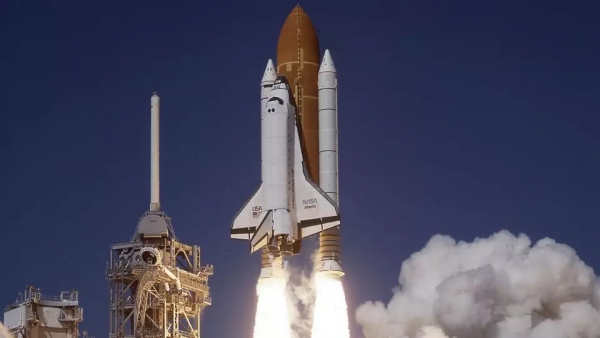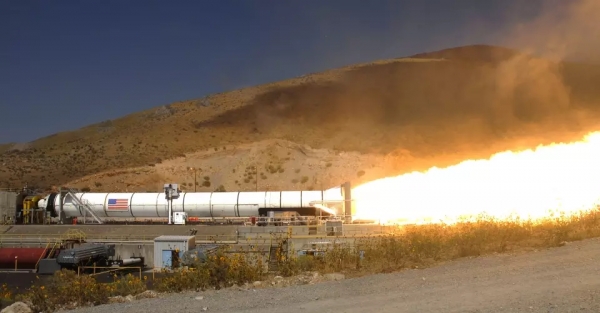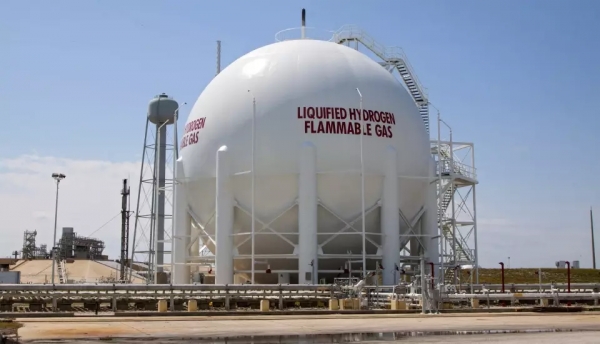
 Data Structure
Data Structure Networking
Networking RDBMS
RDBMS Operating System
Operating System Java
Java MS Excel
MS Excel iOS
iOS HTML
HTML CSS
CSS Android
Android Python
Python C Programming
C Programming C++
C++ C#
C# MongoDB
MongoDB MySQL
MySQL Javascript
Javascript PHP
PHP
- Selected Reading
- UPSC IAS Exams Notes
- Developer's Best Practices
- Questions and Answers
- Effective Resume Writing
- HR Interview Questions
- Computer Glossary
- Who is Who
What is meant by a rocket propellant?
A rocket can be an aircraft, spacecraft or a missile which is propelled by a rocket engine. A rocket engine works on the principle of Newton's Third law, that is, for every action, there is an equivalent and opposite reaction. Rocket propellant is the fuel which burns and produces thrust to propel the rocket.
The propellants are usually fueled together with the oxidants. Oxidants are required to burn the fuel efficiently. Thus the chemical reaction in the combustion chamber produces the required energy for thrust.
The propellant is burnt in a controlled manner in the combustion chamber of the rocket engine and the hot jet of gases escapes through the nozzle at very high velocity producing thrust.

Solid Propellants
These propellants are solid composites. They are a combination of energetic compounds like RDX and granules of solid oxidizer like ammonium nitrate or ammonium perchlorate and metallic additives and stabilizers. Propellants are used in forms called grains. A grain is an individual particle of propellant regardless of the size or shape.
They are easy to store, unlike liquid propellants which require special storage chambers. They are economically friendly and compact due to their high density. They are generally used by the military in missiles or in booster stages due to their simplicity.

Their main disadvantage is that they have a low specific impulse, meaning less efficiency. This results in low exhaust velocities. Another major drawback is they burn uncontrollably once ignited, making real-time throttle is not possible in solid propellant rockets. Cracks or voids in the grain structure should not be present. Hence, X-ray scans are often conducted.
Liquid Propellants
As the name suggests the propellant is in liquid form. These are usually of two types- single chemical or monopropellant and bipropellant. Monopropellants used are hydrogen peroxide or hydrazine. In bipropellant case, fuel and oxidizer are contained in separate tanks and are mixed in the combustion chamber.
The fuel and oxidizer are ignited together to produce thrust. They have a high specific impulse, thus they are used in most orbital launch vehicles. Liquid oxygen and liquid hydrogen are used in space shuttle orbiter. Nitrogen tetroxide and hydrazine are used in PSLV and deep space rockets as they can be stored for a long period of time. Unlike solid propellants, in this case, we can control the combustion of fuel by simply closing the valves.

The basic disadvantage of storing and handling them. They are toxic and unstable. They require special storage tanks, turbopumps, injectors etc. which increase the weight and cost of the rocket.
Gas Propellant
They are the least used type of propellants. They contain compressed gas which is inert in nature. Example- Nitrogen.

